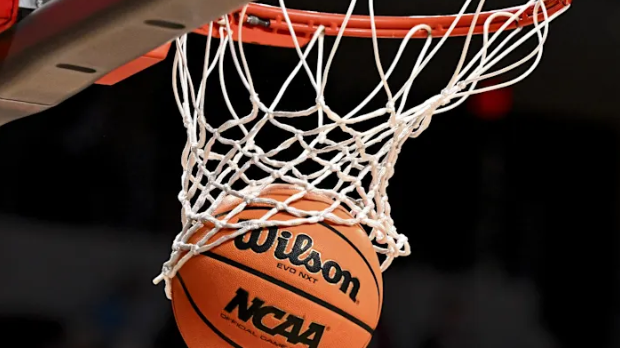**Is It Time for College Basketball to Move On From the AP Poll?**
The Associated Press (AP) poll has been a staple of college basketball since 1949, offering fans and analysts a weekly snapshot of the sport’s top teams. However, in the fast-paced, data-driven world of modern sports, some argue that it might be time to rethink its relevance. While the AP poll remains a beloved tradition, its limitations have become more apparent, raising questions about its continued utility in ranking college basketball teams.
### The Strengths of the AP Poll
The AP poll provides an easily digestible ranking system, drawing on the collective opinions of a panel of journalists across the country. It creates weekly debates, fosters rivalries, and serves as a marketing tool for programs vying for national recognition. For decades, the AP poll has been a cultural touchstone, linking generations of fans and giving context to a sport with a sprawling and diverse landscape.
Moreover, the AP poll’s human element allows for subjectivity that often accounts for intangibles like momentum, injuries, or signature wins. Unlike purely data-driven systems, the AP poll can capture the narrative aspects of college basketball, adding a layer of storytelling to the sport.
### The Poll’s Limitations in a Modern Era
Despite its charm, the AP poll’s drawbacks have grown more glaring. One significant issue is voter inconsistency. With 60+ voters scattered across the country, the poll often reflects regional biases, outdated perceptions, or a lack of comprehensive viewing. Voters might prioritize marquee programs or high-profile wins, leading to rankings that undervalue mid-majors or teams with strong advanced metrics.
Additionally, the AP poll lags behind in real-time accuracy. Rankings are updated weekly, which feels sluggish in a sport with multiple games each week. A team can rise or fall dramatically in performance within days, making the rankings outdated almost immediately.
### The Case for Moving On
Advanced analytics and algorithms now offer a compelling alternative. Systems like KenPom, NET rankings, and Sagarin Ratings provide a more nuanced evaluation of team performance, considering metrics like efficiency, strength of schedule, and quality of wins and losses. These systems update in real time, offering a dynamic and objective view of the college basketball landscape.
Moreover, the NCAA Tournament Selection Committee no longer places significant emphasis on the AP poll, relying instead on the NET rankings and other advanced metrics. If the poll doesn’t influence postseason outcomes, its practical significance diminishes.
### A Middle Ground?
Rather than discarding the AP poll entirely, the solution might lie in integrating it with modern analytics. For example, a hybrid ranking system that combines human insights with data-driven models could balance subjectivity and objectivity. This approach would honor the poll’s legacy while ensuring it remains relevant in an evolving sports landscape.
### Conclusion
The AP poll has served college basketball well for decades, offering a platform for discussion and tradition. However, its limitations in an era of advanced metrics and real-time data are hard to ignore. While moving on entirely might be premature, it’s clear that the poll needs to evolve to maintain its relevance. Whether through integration with analytics or a complete overhaul, the time for change is approaching. The sport deserves a ranking system that reflects its complexity and dynamism, and it might be time to bid farewell to the AP poll as we know it.
